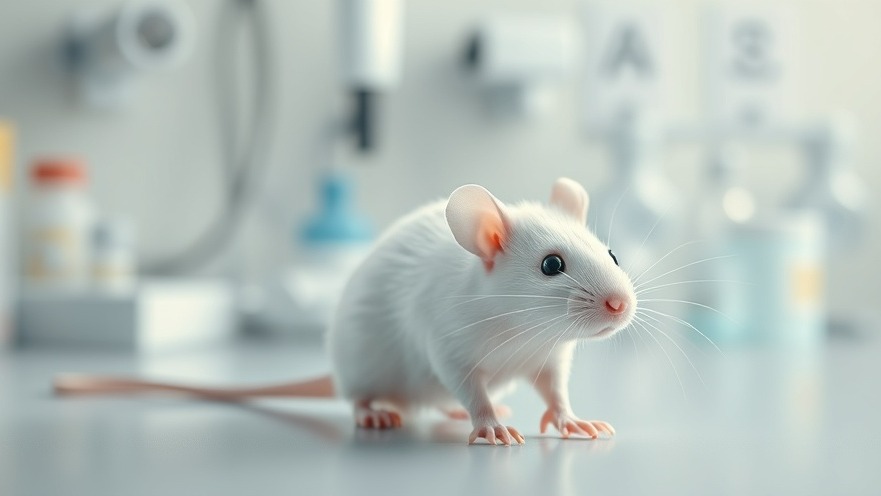
Understanding Embodiment: The Science Behind Mice and Artificial Limbs
A recent study has shown that mice can develop a sense of embodiment of an artificial limb similar to the human experience in what's known as the rubber-hand illusion. This remarkable discovery made by researchers at CNRS in France sheds light on a crucial aspect of prosthesis use, particularly for amputed individuals who often struggle with effective integration of artificial limbs.
Implications for Neuroprosthetics: Enhancing Patient Outcomes
For health practitioners, the ability to create a sense of belonging between patients and their prosthetics can drastically alter treatment plans. Enhanced prosthesis embodiment not only supports better usage but may also reduce phantom limb sensations, thereby improving the overall quality of life for patients. As demonstrated in the study, these insights are not merely theoretical; they have practical implications for improving neuroprostheses.
The Methodology: A Neurophysiological Novelty
The researchers adapted the rubber-hand illusion to an animal model, creating a controlled environment where the sense of touch and sight were harmonized to induce embodiment. Mice were presented with a 3D-printed replica of their forelimb while their real limb was hidden. Synchronous brushing of both limbs triggered a sense of recognition, validating the researchers' hypothesis and providing an innovative model for future studies. This method could be pivotal for future neuroprosthetic applications.
Counterarguments: Challenges and Limitations
Despite these promising findings, challenges remain. Critics point out the difficulty of translating these findings from animal models to humans. Furthermore, individual differences in perception and neurological conditions might affect how embodiment occurs in real-world applications. This highlights the importance of continued research to navigate the complexities of embodiment across different patient populations.
Future Trends: Prosthetic Development in the Healthcare Landscape
Looking ahead, integrating these scientifically-backed insights into the design of neuroprosthetics could revolutionize patient care. As technology advances, the potential for individualized functionality and the reduction of discomfort associated with phantom limb sensations becomes increasingly viable. For practitioners, staying informed about these developments means being better equipped to advise patients on their choices.
Actionable Insights: Implementing Embodiment Strategies
Health practitioners can employ techniques derived from this research to stimulate patient engagement with prosthetic limbs. By utilizing synchronized sensory experiences, physiotherapists and occupational therapists can enhance the psychological acceptance of artificial limbs, therefore potentially improving adherence rates among patients.
As the healthcare landscape continues to evolve with new technologies, practitioners must remain proactive in integrating these findings into clinical workflows. The science of embodiment is not just a fascinating area of research; it is a practical tool that healthcare providers can use to support their patients in their recovery and rehabilitation journeys.
 Add Row
Add Row  Add
Add 




Write A Comment